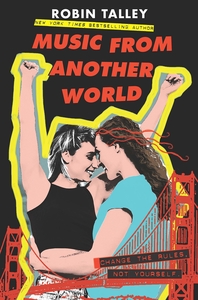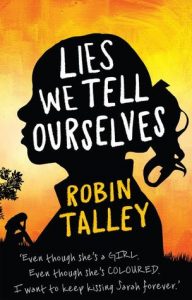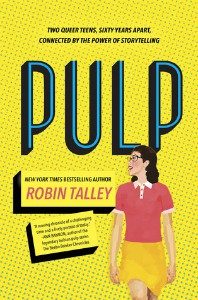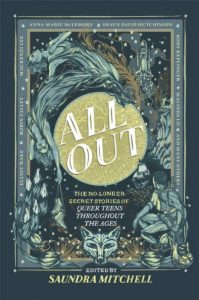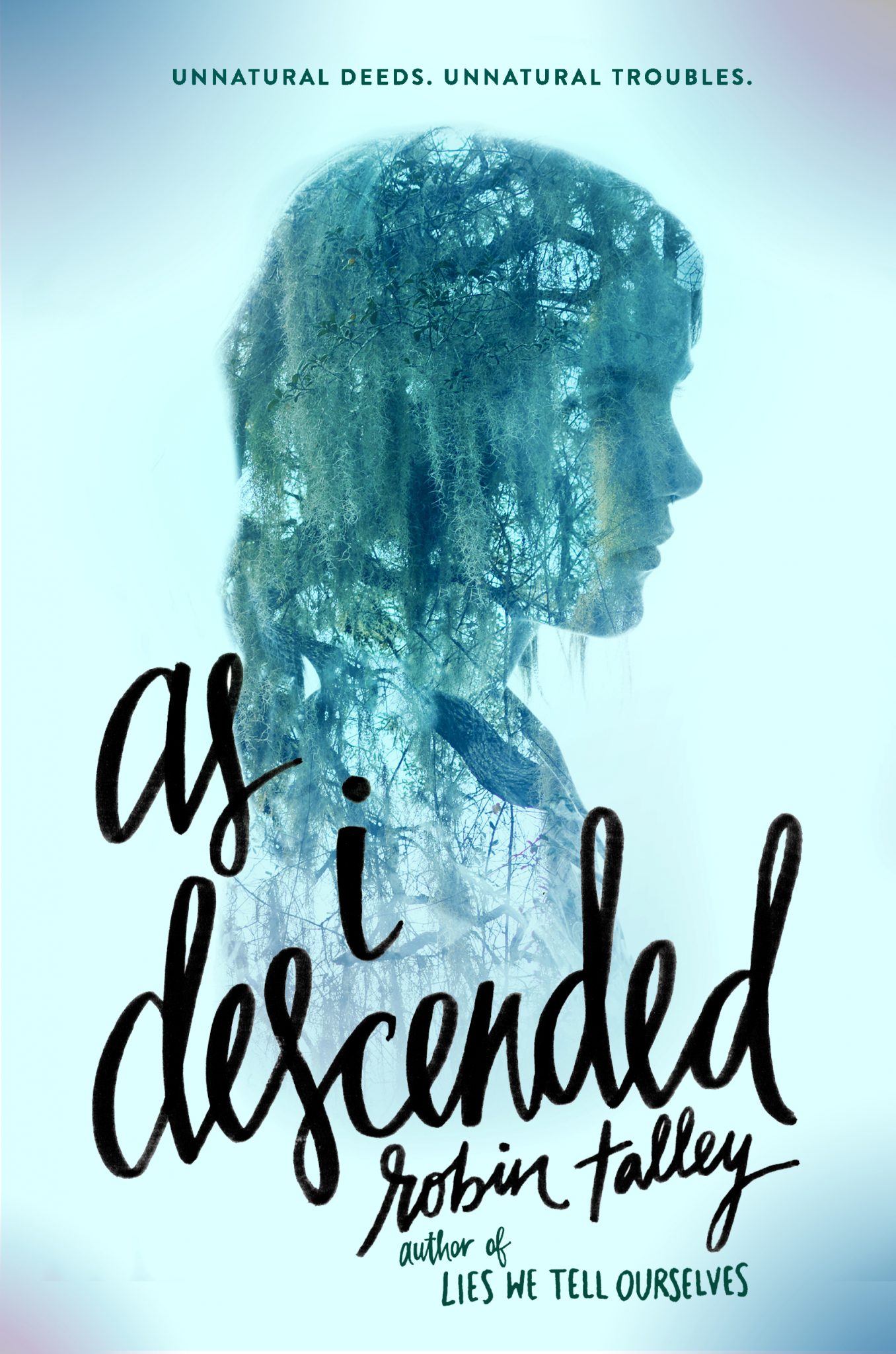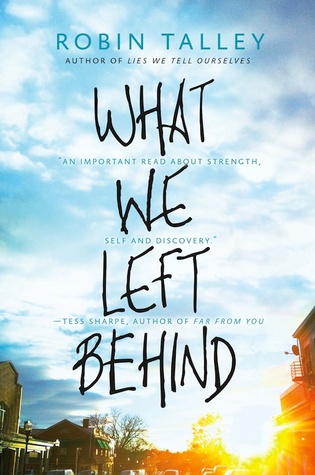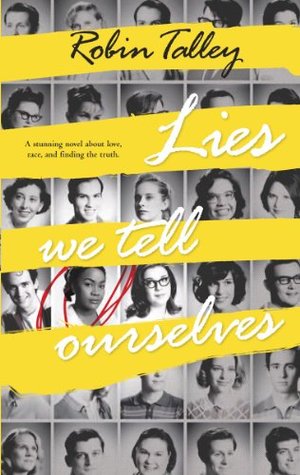Reading this was the comforting visit from a great pal that I was so desperate for this week. This story takes place in 1977; across Orange County and San Francisco. I should disclose that I believe that any way that one consumes books counts as reading, even if more technically you are listening. It all counts as reading to me; and the way that this story was written through a series of letters and diary entries suited an audiobook performance.
It is the story of two Catholic high school girls that are assigned a pen pal assignment over the summer of 1977 California. They discuss their lives, the punk music scene and the state of politics at the time. It was a welcomed break from our current situation, to revisit a time in queer history where the fight for political and civil rights was just coming into the public sphere.
In this YA romance, we can also see just how far we have come. There was also a great deal of time in the middle of the punk scene at the time, which was music that I really enjoyed when I was in high school. Reading this book was one of the highlights of my week, and is an excellent story told with compelling characters. It is well-written and highly enjoyable. If you are looking for a lovely, “get my mind off things” coming of age romance story, this one will stand up for years to come.

